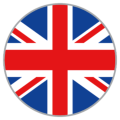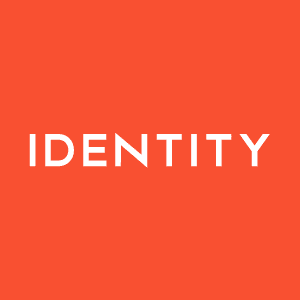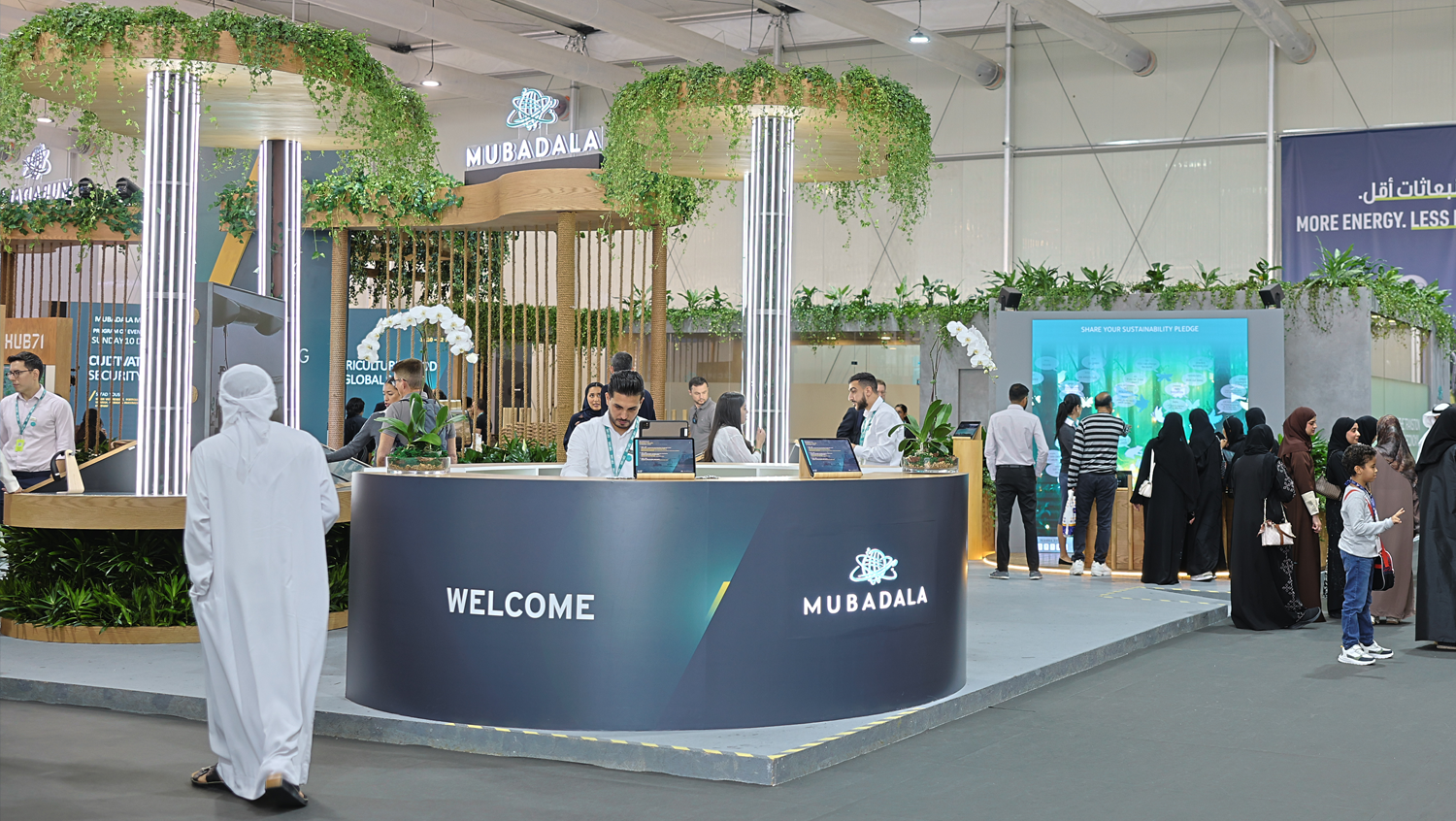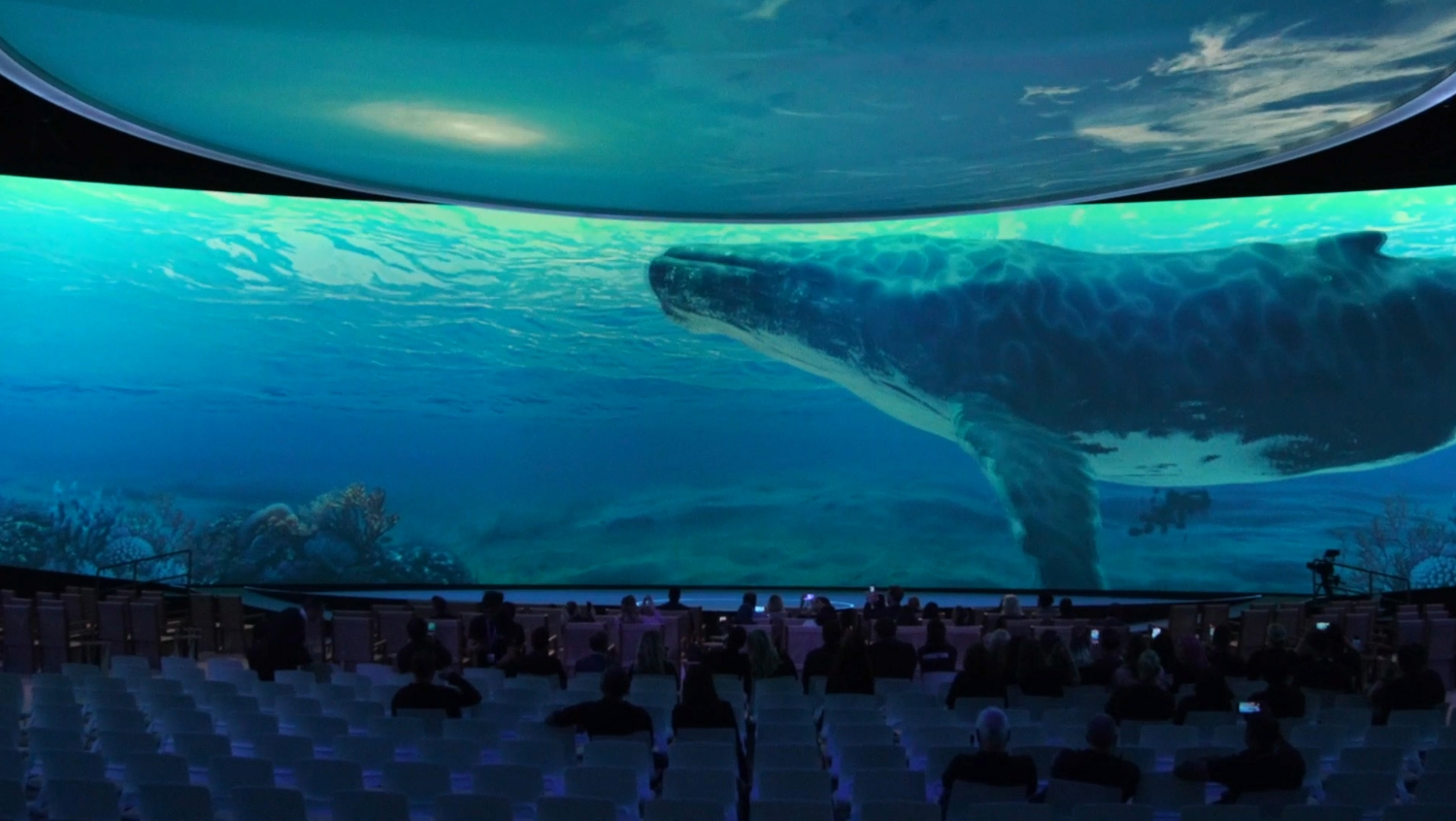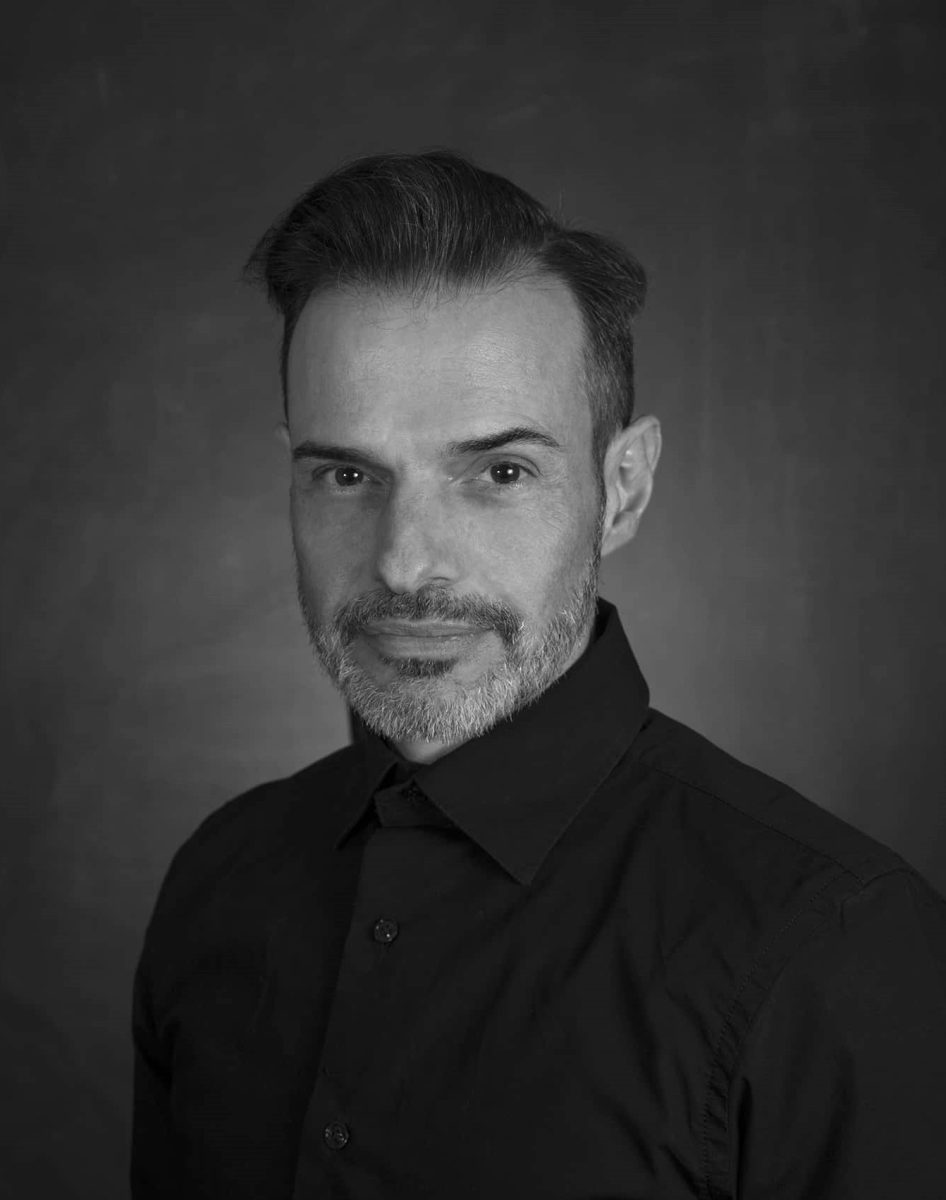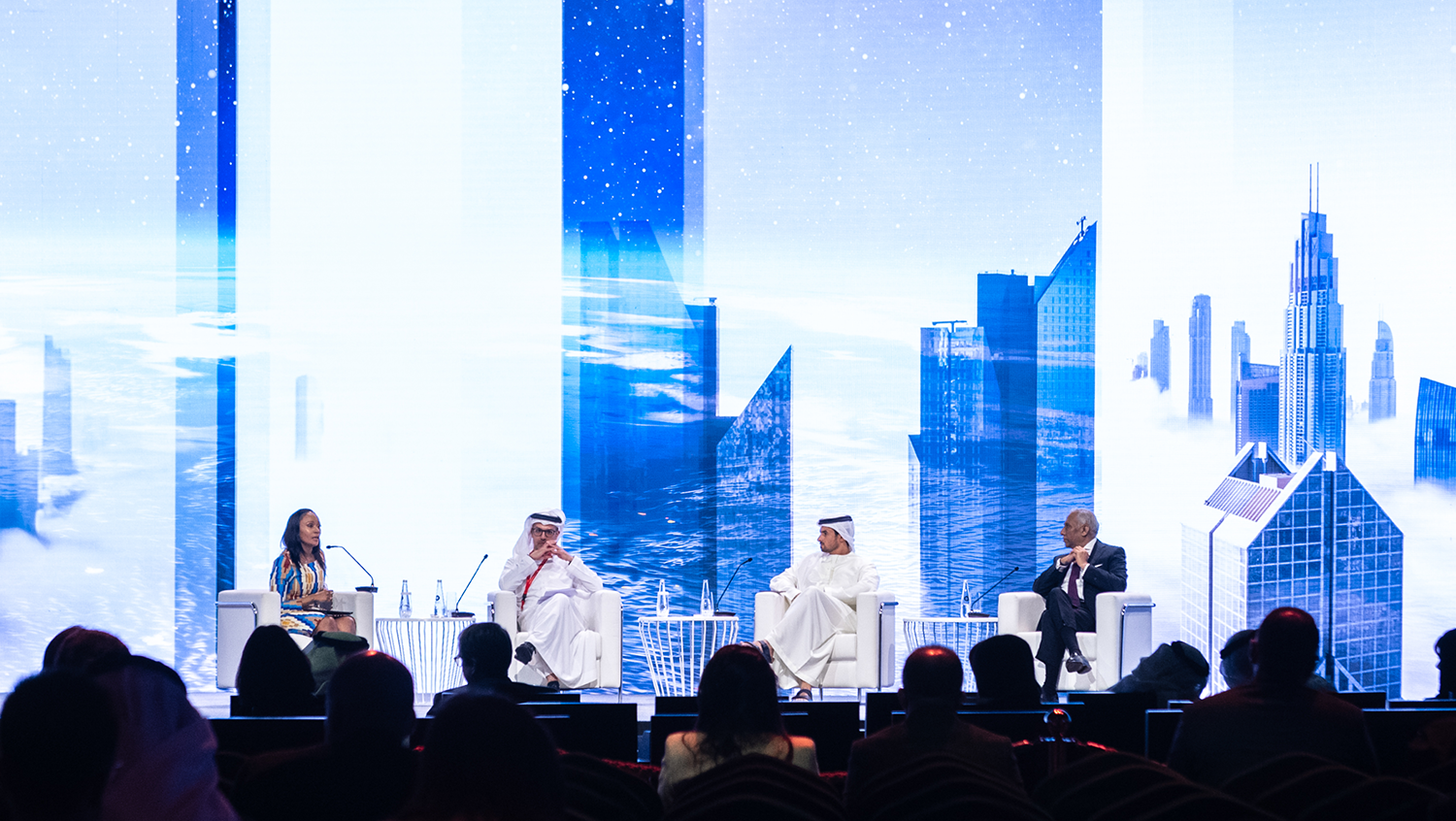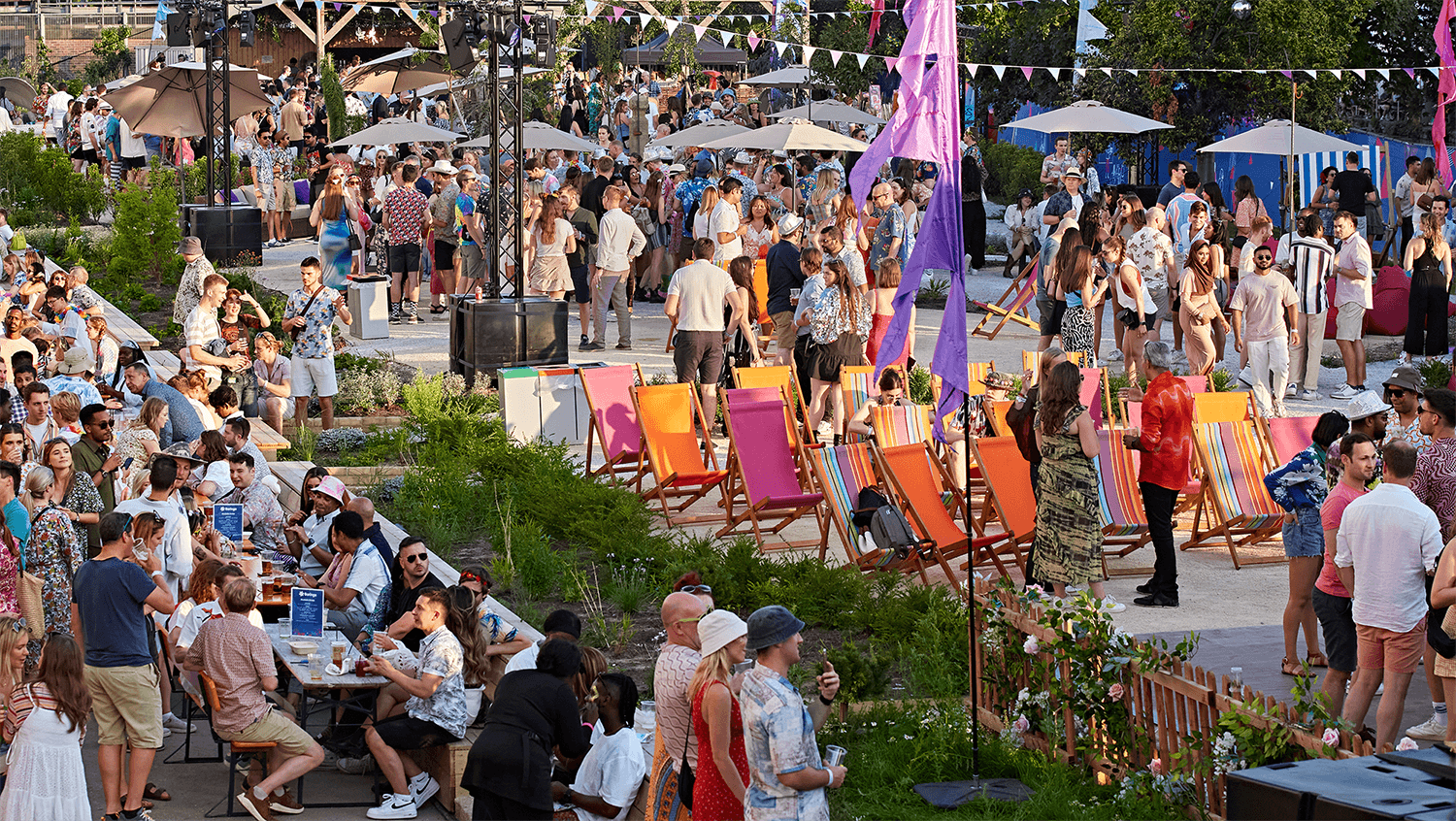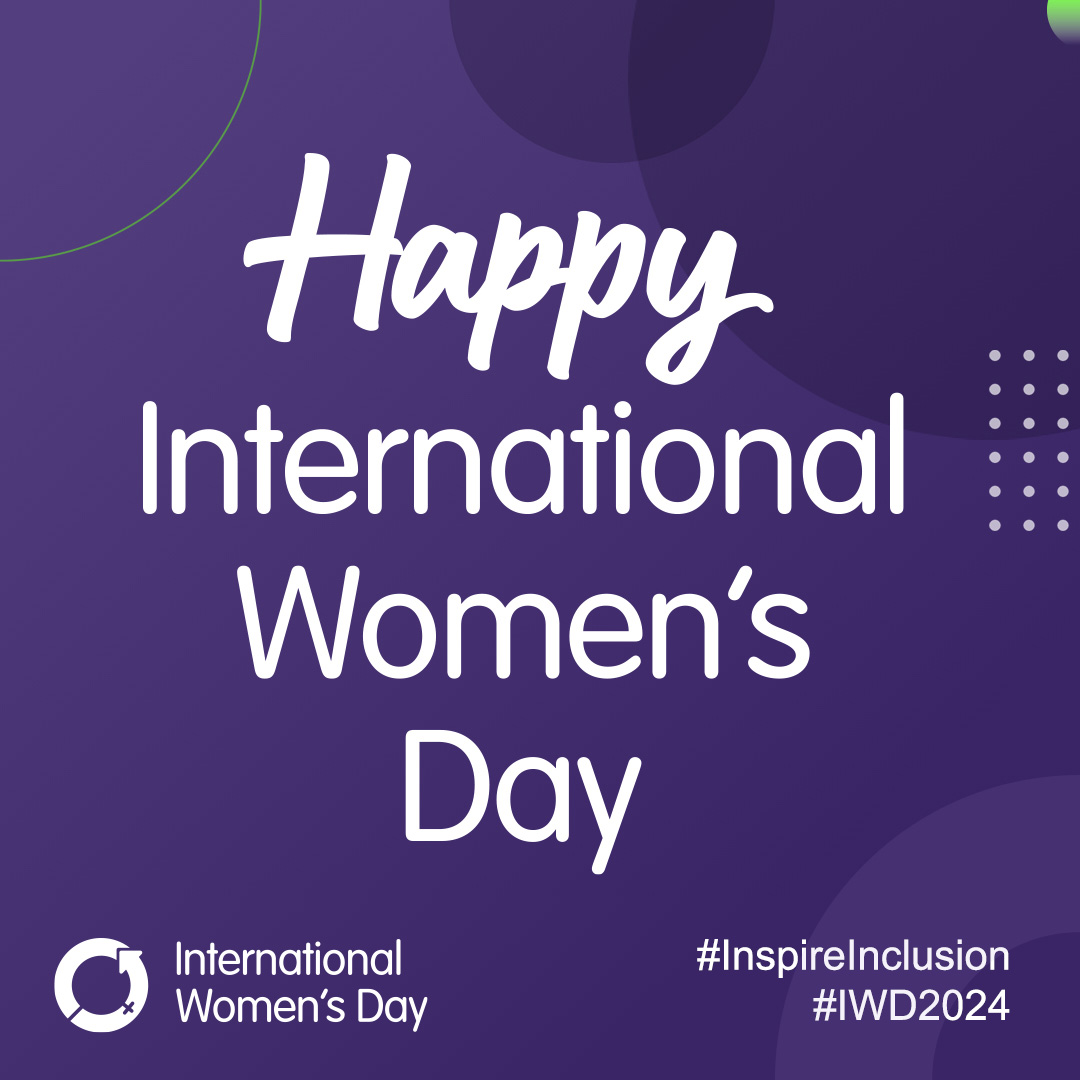10 Amazing Experiential Campaigns
Defined as the process of learning through experience, experiential marketing can take shape in many different ways. From a tradeshow or pop-up event to a hands-on activity or sensory experience, it is a powerful and effective tool for promoting your brand, product or service and encouraging consumer loyalty.
An experiential marketing event can evoke an emotion with your customers providing them with a important connection with your brand, which in turn encouraging sales.
In this article, we take a look at some amazing experiential campaigns, and why they worked so well.
1 . Crayola’s Retired Crayon
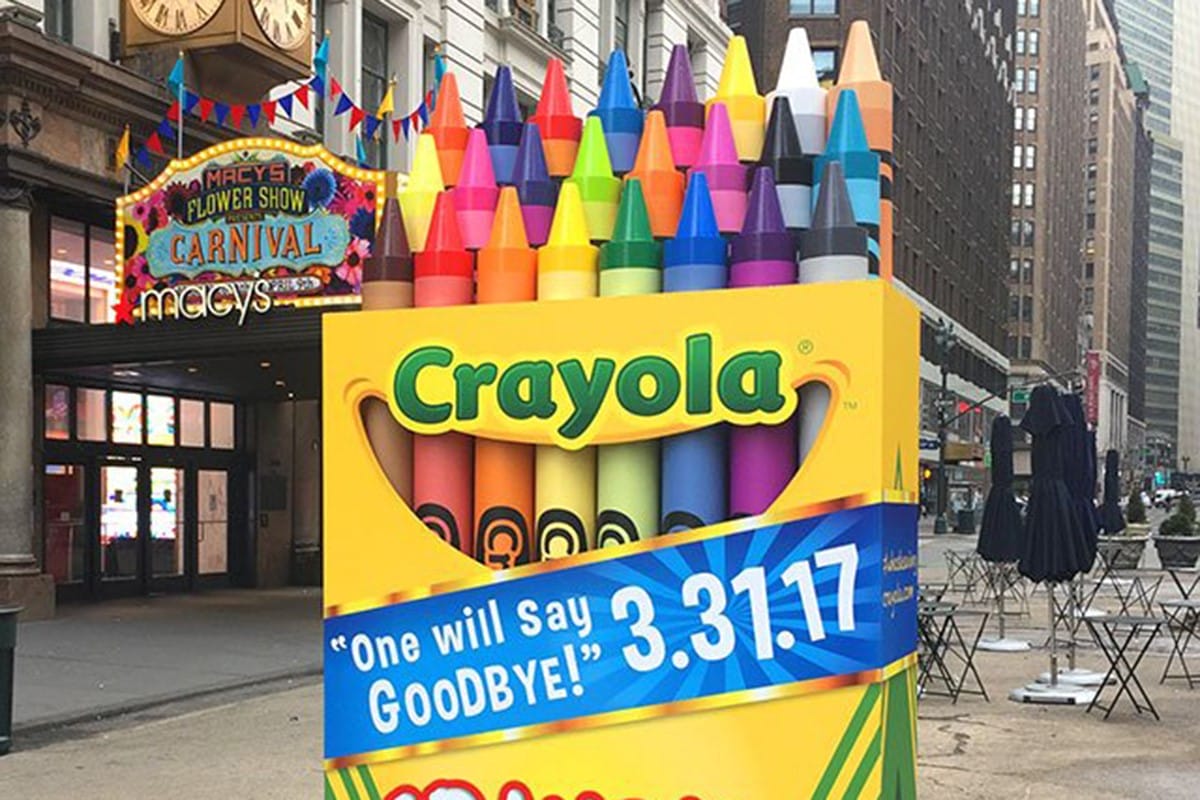
Crayola announced on the run up to National Crayon Day (31st March 2017) that one colour was going to retire from the pack. They placed a giant crayon pack in Times Square with a countdown on it, while they took to social media to encourage consumers to discuss which colour they wanted to stay. A huge buzz was created online as well as on the streets of New York over which crayon was going to leave.
Whether it was an accident or planned, the new packs were placed onto shelves a day before the big reveal. Amazingly, Crayola saved the event and stepped it up by revealing that the crayon Dandelion couldn’t wait to retire, gaining even more attention on the all-important National Crayon Day and boosted sales with its scandalous ‘spoiler’ approach to marketing.
Audiences were upset by the departure of Dandelion, so Crayola continued the campaign with Dandelion’s Retirement Tour. Over social media platform Instagram, the company shared images of the crayons farewell tour, inviting people to use the hashtag #CelebrateDandelion. Through an interactive map on the company’s website, consumers photos were shared displaying their active involvement with the farewell campaign.
This event was a triumph for Crayola and a brilliant example of brand storytelling and product awareness, in a creative and interactive means.
2. Facebook IQ Live
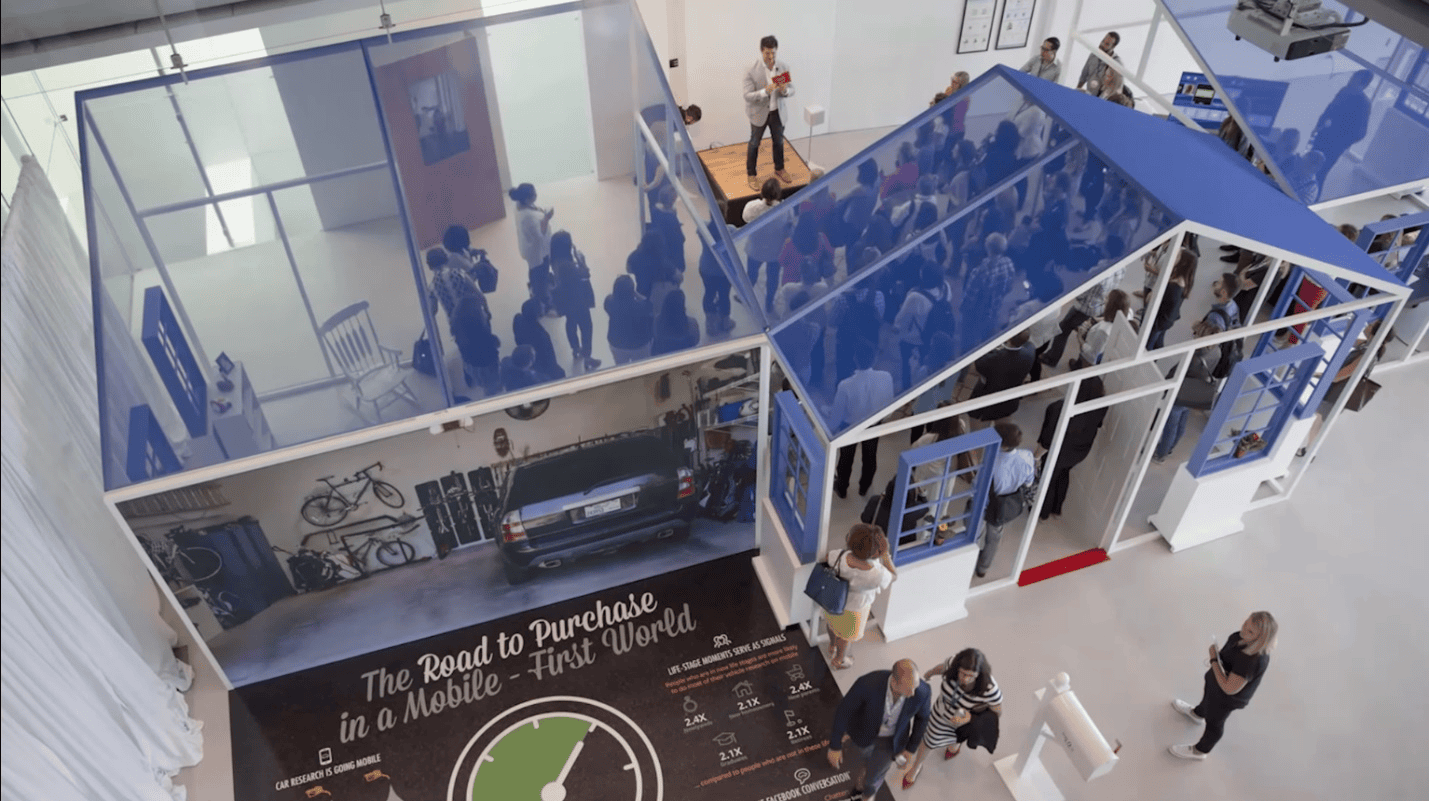
In 2016, Facebook held a live experience to showcase its data collected and how businesses can use their platform. It created scenarios and activities to depict the data in an everyday approach, such as the IQ Mart. This ‘shopping’ experience physically and creatively displayed a customer’s conversion when the social media platform is involved as an advertising tool. Other features included an Instagram café where people were actively encouraged to share their food and coffees bought, emphasising that nearly anything in your everyday life can be a photo opportunity.
We like this campaign a lot as not only was it a unique, immersive experience, but it also proved very valuable to its attendees. The agency behind this, Momentum Worldwide released a statement saying that 93% of the audience found the information helpful and found it provided them with new knowledge and insights into the company.
3. HBO Escape

South by Southwest festival (SXSW) is a hub for interactive experiential activations, and 2017 was no exception. Television channel HBO created environments relating to three of their popular shows: Veep, Silicon Valley and Game of Thrones. HBO turned these famous sets into detailed escape rooms for consumers to fully immerse themselves in. Each room had multiple clues and puzzles hidden around the sets for audiences to ‘escape’ from.
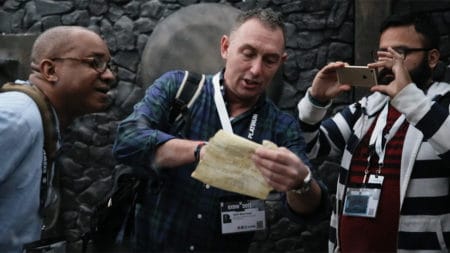 Escape rooms are a popular and interactive method for marketers to use to fully involve their audiences in, and HBO did this successfully. From the intricate sets, completed by sound and lighting effects, it placed the viewers in the heart of the shows and storylines, involving them heavily with some of their favourite television programmes, and leaving with a personal connection to the brand.
Escape rooms are a popular and interactive method for marketers to use to fully involve their audiences in, and HBO did this successfully. From the intricate sets, completed by sound and lighting effects, it placed the viewers in the heart of the shows and storylines, involving them heavily with some of their favourite television programmes, and leaving with a personal connection to the brand.
4. Deliveroo Pop Up Picnic
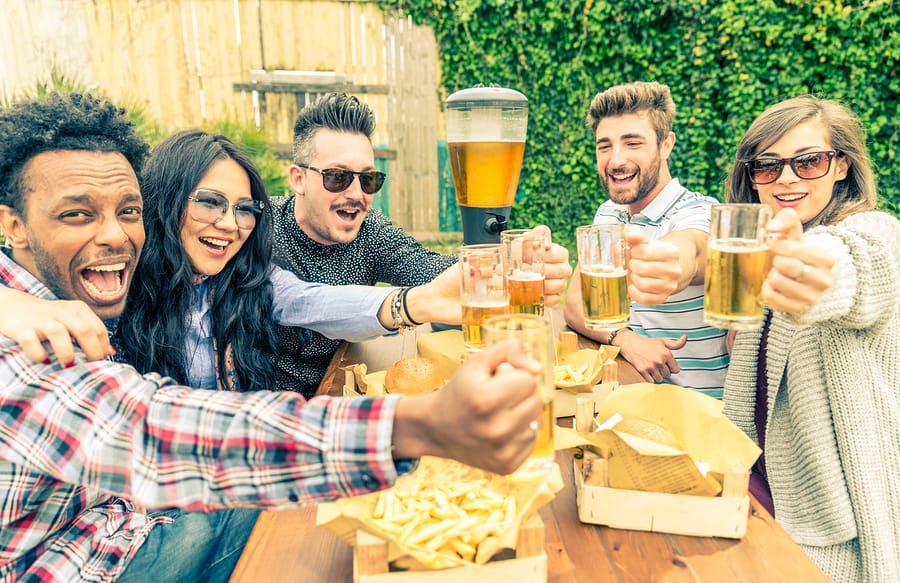
Deliveroo are a delivery service which provides customers with their favourite dishes from their participant restaurants, such as Wagamama’s, Gourmet Burger Kitchen and more. In June 2016, they held a pop-up picnic event in London’s Hoxton Square, inviting audiences to eat outside during their lunch breaks. The experience included DJ’s, cocktails and food orders, exclusively through the Deliveroo app.
This campaign was simple yet effective, with the brand at the heart of the message. By actively encouraging consumers to use the app, it taught them how to use the product on an interactive and personalised level.
5. Before and After with The O2 and Cif

Though this may not be one of the most glamorous experiential marketing campaigns, it proved to be very successful on the activity front as well as engagement. Cleaning company Cif and the O2 Arena in London collaborated on this interactive event for the big clean of the venue’s roof, after not being touched since 2007 (nine years).
The campaign ran for twelve weeks where the cleaning process was aired over social media to give viewers a closer look at the outcome, while signage around the arena stated, “while you raise the roof, we are cleaning it “.
We’re fans of this event as it involved collaboration from two unlikely brands, but created a real difference with its outcome of a clean roof and exposure to a wider demographic, reaching over a million views on Cif’s parent company, Unilever’s YouTube video.
6. David Lloyd Napercise
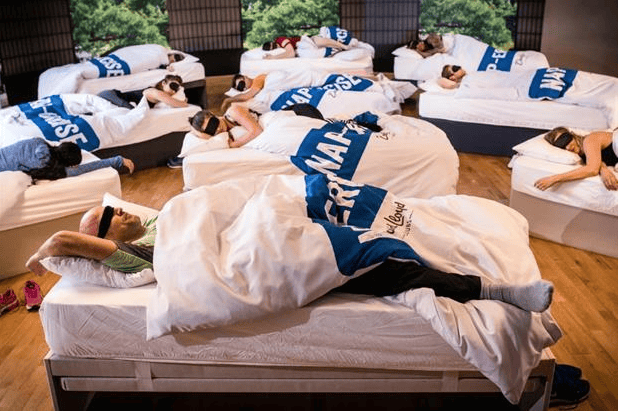
Premium gym company David Lloyd created an exercise class with a difference in April 2017: Napercise. The aim of the campaign was to encourage a healthy lifestyle in all ways, including peoples sleep patterns. Guests took part in a 45 minute ‘napping’ session which featured comfy beds, atmospheric sounds and eye-masks.
David Lloyd have a reputation from previous campaigns of making sure their events are data driven with their customers’ health at the forefront. A spokesperson said that Napercise was inspired by a study suggesting 83% of parents admitted to suffering from fatigue. Targeting families in particular, this marketing event emphasised David Lloyd’s care for their members mental and physical wellbeing, raising brand awareness and loyalty.
7. National Geographic’s 125th AR Anniversary
This campaign is a bit older than the previous ones mentioned, but it still is a great example of incorporating augmented reality in your experiential events. In 2011, National Geographic toured around the world in various shopping centres and stations to allow people to become the next David Attenborough, celebrating National Geographic’s 125th anniversary.
By standing on a certain spot in participating locations, audiences could watch themselves on a big screen interacting with computer generated wild animals. By doing certain actions, they could manipulate what was happening on the screen, such as controlling animals or changing the weather.
This experience allowed audiences to connect on an intimate level with the brand and its content, attracting a wide range of ages, proving to be a universal success.
8. Merrel’s Trailscape
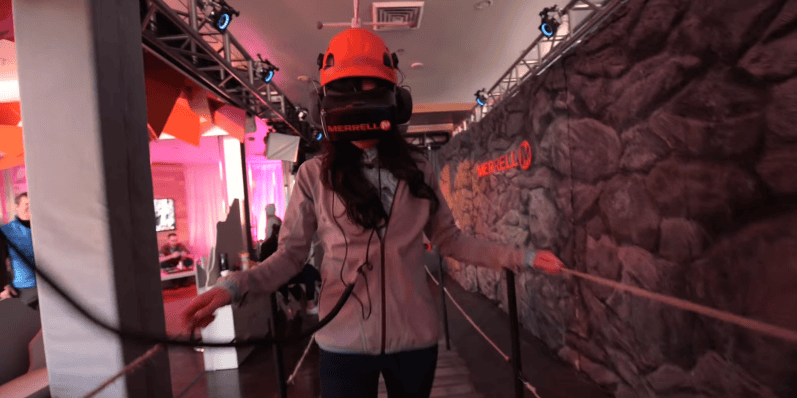
Virtual reality headsets are increasing in popularity when it comes to experiential events, but hiking boot company Merrell were the first to commercially create a ‘walk around’ VR activity. During this pop-up event, consumers were asked to put on the new hiking boots and headset, while they physically moved around a course on their screens as well as the real world. This powerful user experience places the audiences right in the heart of the activity being as immersed as they possibly could be.
This pop-up activity is incredibly impressive and a direction a lot of VR campaigns will follow, as marketers continue to merge the real and the virtual world, to deliver a unique and creative experience.
9. Ikea Pop-up Play Café
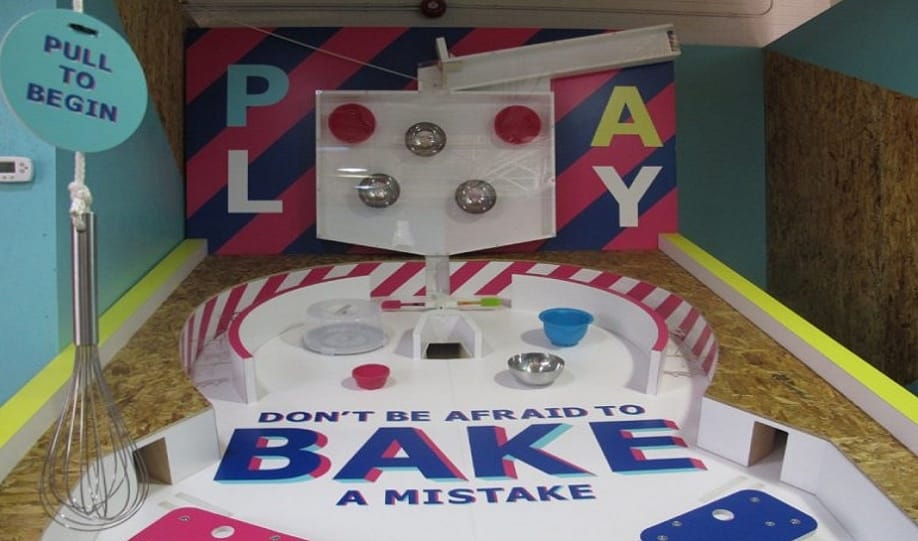
Swedish furniture sellers Ikea, recently brought a pop-up, interactive café to its Canadian customers. Homing in on one of their most popular products, their Swedish meatballs, Ikea pushed these to the forefront of this campaign, bringing a fun, activity based café, without the maze of the shop attached.
Activities included a giant version of pinball with kitchen utensils, an Allan key based game, (which are heavily used when constructing their furniture) and of course their world-famous meatball dish. This cleverly displayed their shift from furniture to food, effectively presenting their diverse range of products and making the challenge of the shop, or the construction of their furniture into a fun, positive experience.
10. Dulux and The Colour Run
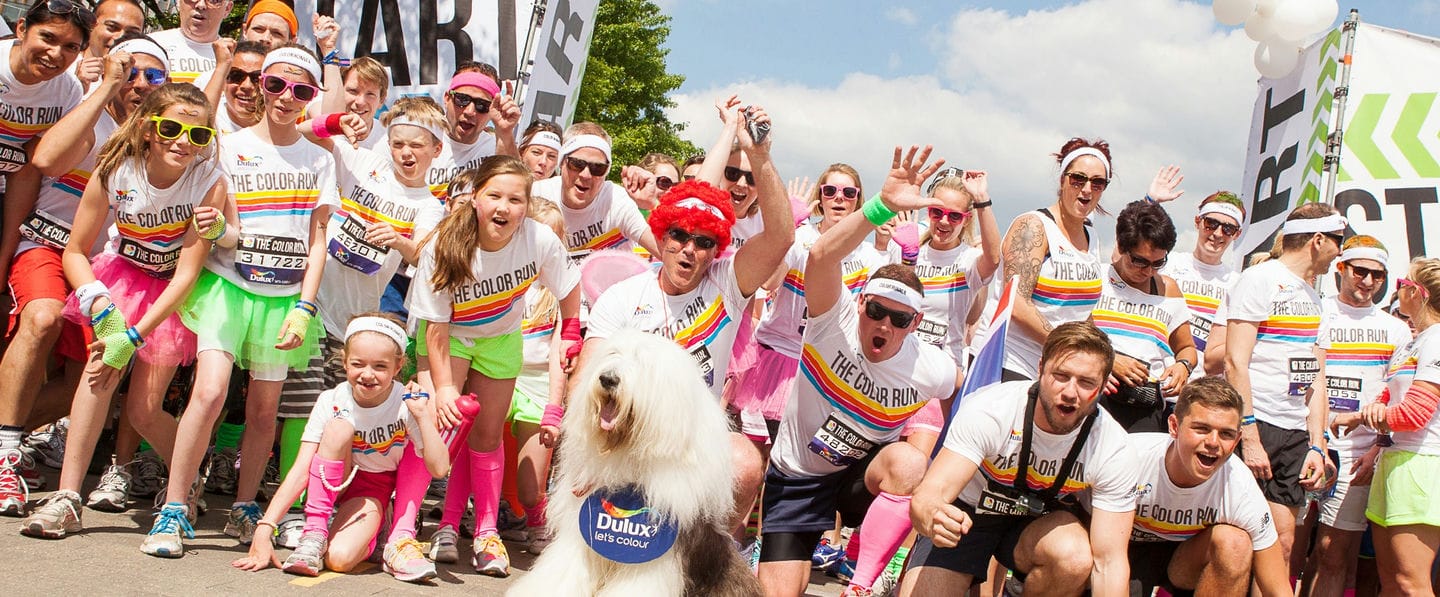
Paint sellers Dulux’s experiential campaign featured heavy involvement with The Colour Run. To push their message of an emotional connection to colour, they held various activities at the 5k marathon. They held pre-race face paint activities by their team of Dulux ‘decorators’ while using Dulux colour balls and characters around the race course as obstacles. Their iconic Dulux dog featured for the beginning of the event as well as involvement with photo opportunities, and a Dulux Dome area encouraged people to share their experience on social media. The Colour Run features powder paint thrown over the runners, being covered head to toe by the end.
The vast range of activities, mixed with the collaboration of Dulux and The Colour Run, made a huge impact on the 90 thousand people taking part, leaving a positive and rewarding memory with them relating to the brands.
Summary
In summary, these are just a few of the fantastic work brands are presenting when it comes to experiential events. As you can see from above, they take form in a multitude of ways, from pop-ups to VR experiences, leaving a deep emotional connection to their audiences. This style of campaign is making the events industry a much more exciting, creative and immersive place for marketers and consumers to be involved in.
For more information on how we can help you use experiential marketing to create a unique, immersive event, please contact us on 01323 469111 or email us at letstalk@identitygroup.co.uk.
